Established: 1937
Polish Name: Fabryka Emalia Oskara Schindlera
Location: Kraków, Poland
Type: Erstwhile metal item factory; currently, history museum
Schindler's Museum Established in: 2010
Curator: Monika Bednarek
Schindler's Factory is one of the most visited attractions in Krakow. Schindler's Factory and its owner have etched their names in history as over 1,000 Jewish people were employed here during the Nazi occupation of Krakow, which ultimately ended up saving their lives. Originally a factory for producing metal items and enamelware, this factory became the site that indirectly saved the lives of over 1,000 Jews. Read on to know more about some lesser-known facts about Schindler's Factory, Oskar Schindler, and Schindlerjuden (German: Schindler Jews) who were employed there.
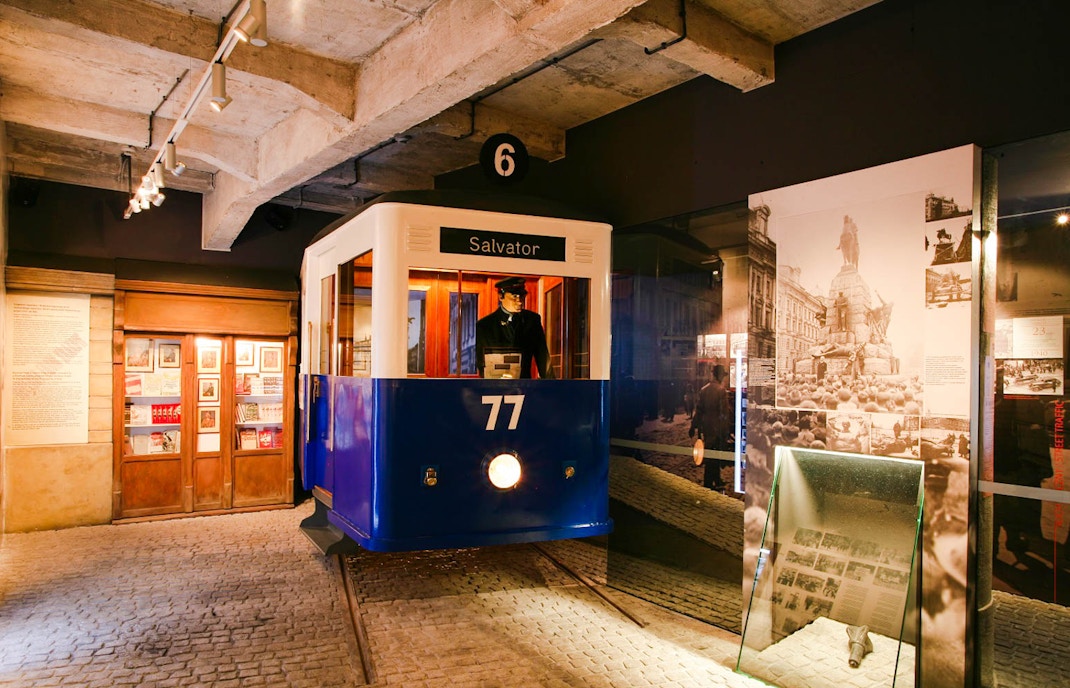
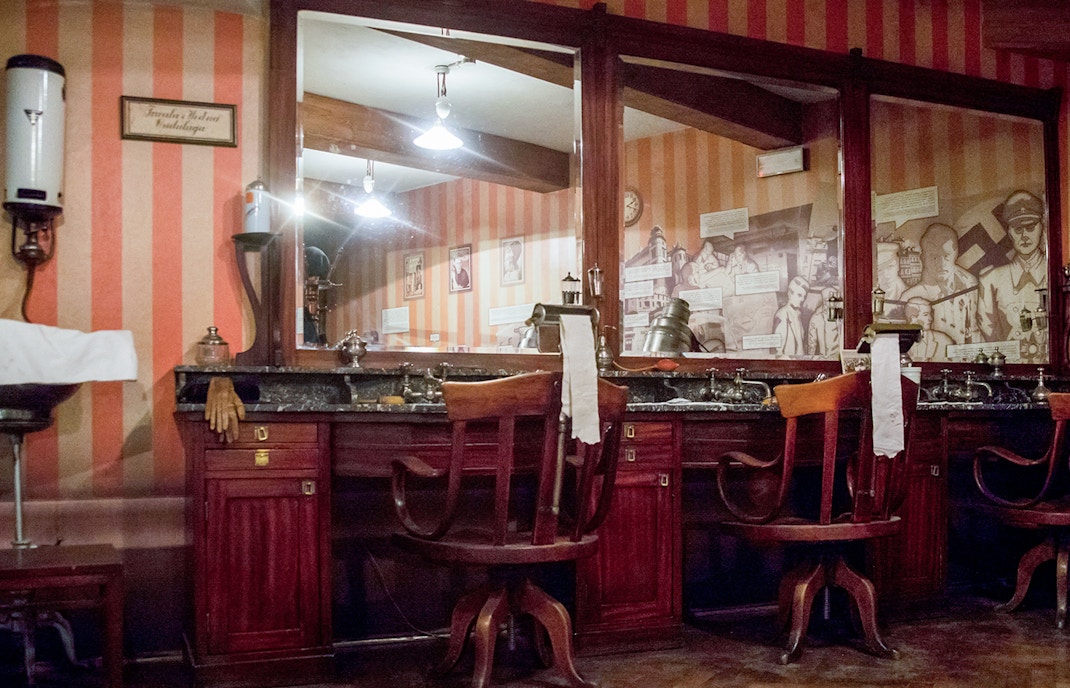
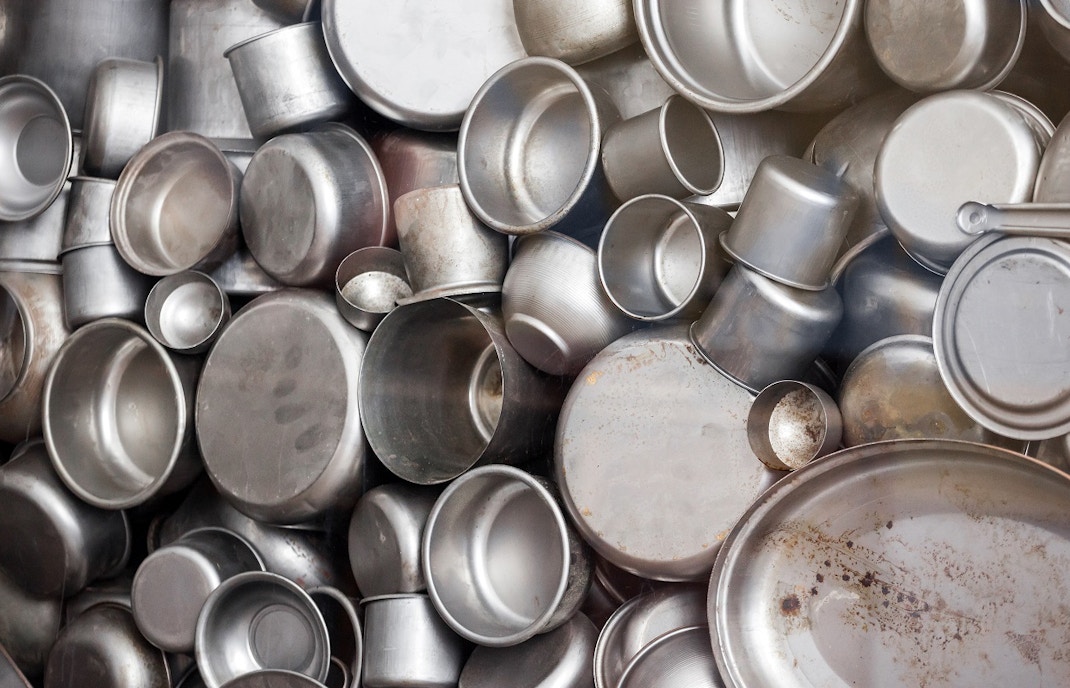

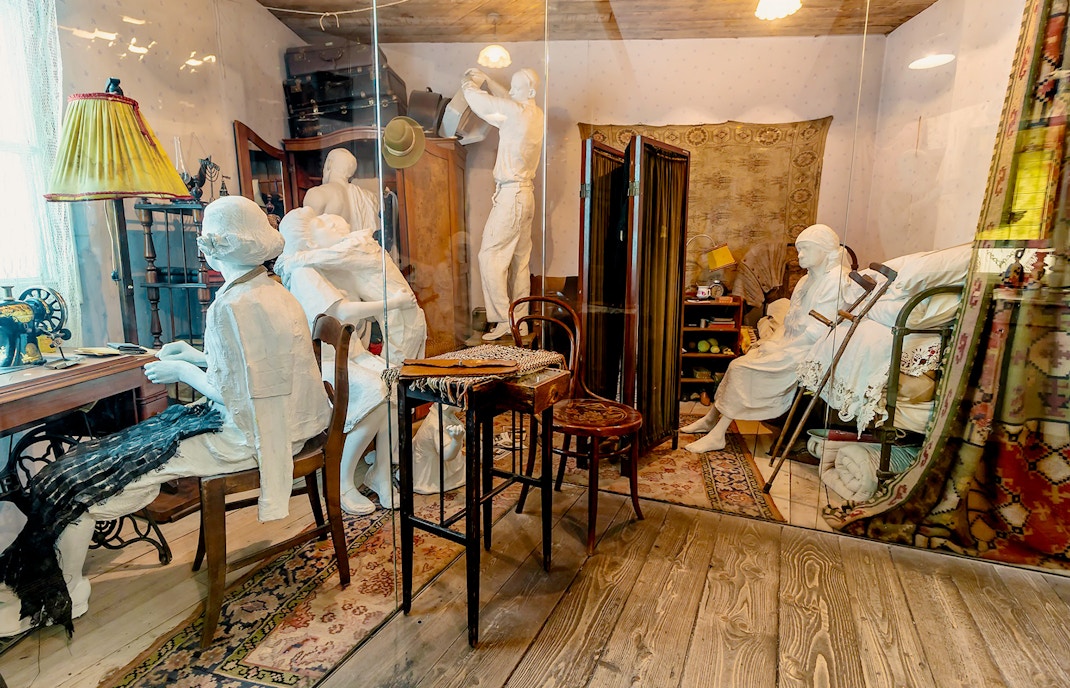
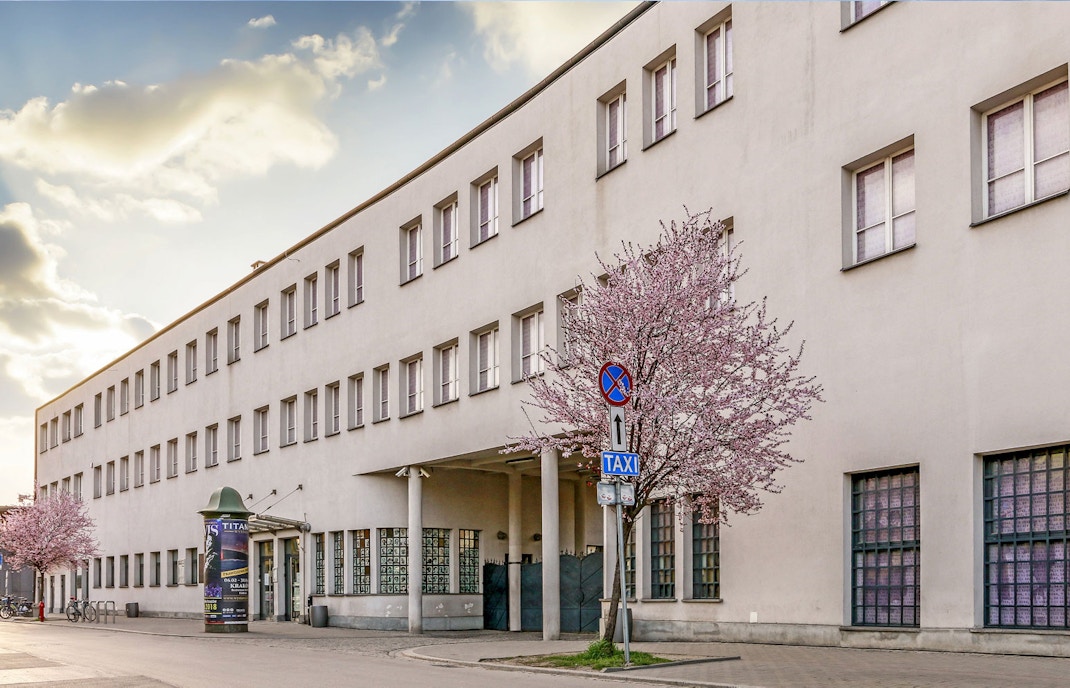
Schindler’s Factory was established in the year 1937 in Krakow, Poland.
Schindler’s Factory is a historical attraction with immense significance. It has been turned into a museum that showcases the wartime experiences in Krakow during World War II. Oskar Schindler saved 1,200 Jews during the Holocaust by giving them work in his factories.
Schindler’s Factory was established by three Jewish entrepreneurs: Michał Gutman, Izrael Kahn, and Wolf Luzer Glajtman.
After the war, Schindler’s Factory’s buildings were used to produce telecommunications equipment for around 50 years. Eventually, Schindler’s Factory reopened with two historically important museums aiming to depict life in Krakow during the Nazi occupation.
Schindler’s Factory now houses two historical museums and covers an area of about 40,000 square meters.
Yes, you can visit Schindler's Factory. Book your Schindler's Factory tickets online.
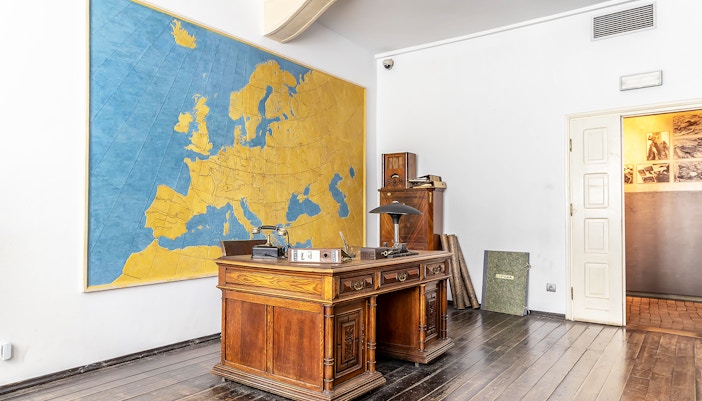
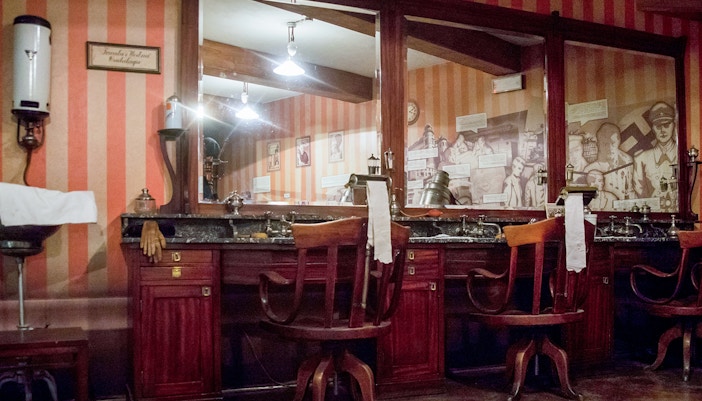
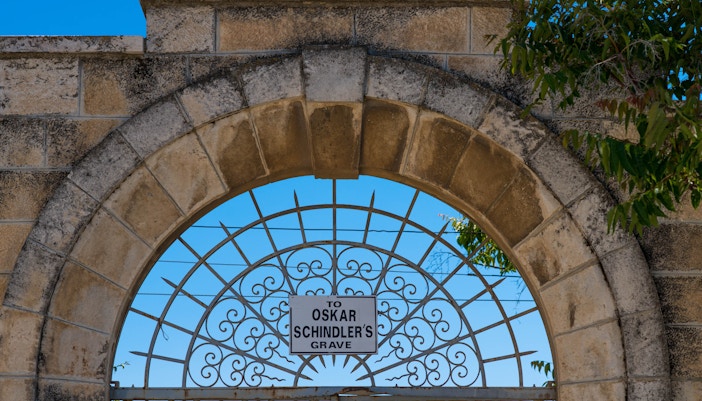
Oskar Schindler's Factory Skip-the-Line Tickets
Oskar Schindler’s Factory Guided Tour
Oskar Schindler’s Factory & Ghetto Guided Tour
From Krakow: Wieliczka Salt Mine & Oskar Schindler's Factory Guided Tour
From Krakow: Auschwitz-Birkenau & Oskar Schindler's Factory Guided Tour
Combo (Save 9%): Schindler's Factory Skip-the-Line + Wawel Castle Guided Tour Tickets